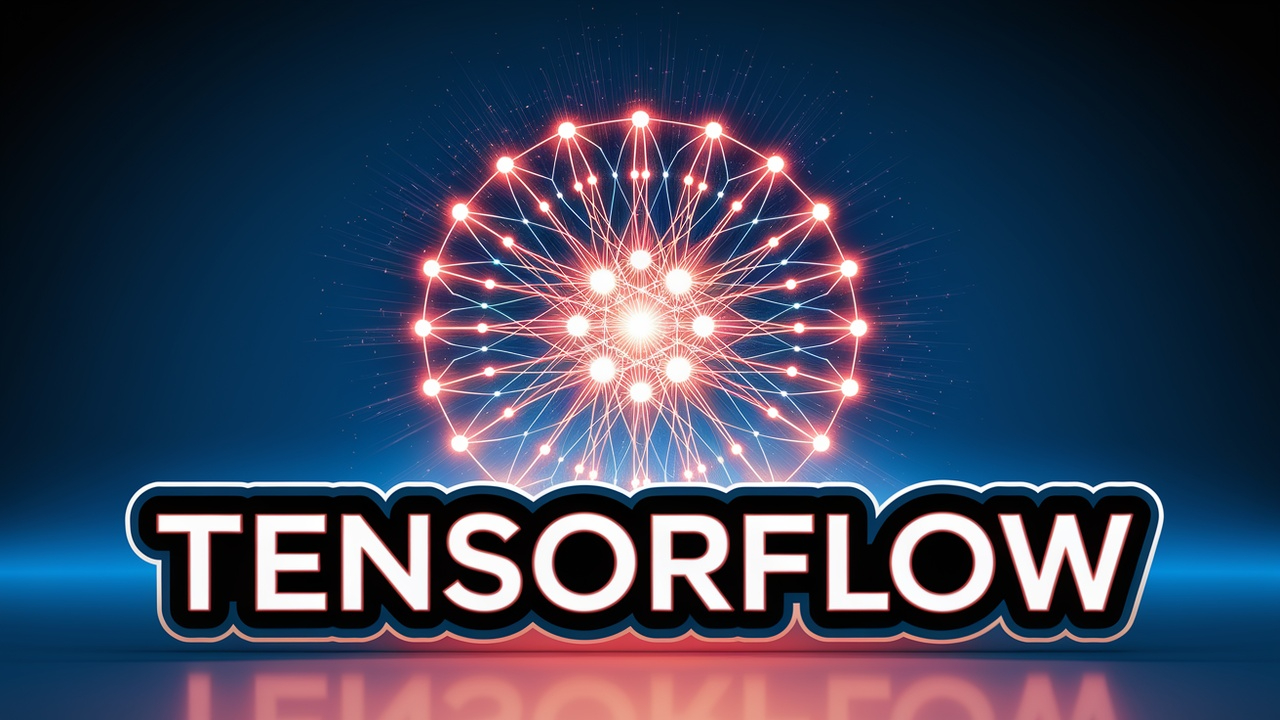
This course provides a hands-on introduction to TensorFlow, guiding learners through the fundamentals of machine learning and deep learning using this powerful framework. By building models from scratch, participants will gain a deep understanding of the concepts and techniques that underpin modern AI applications.
Course Levels
-
Level 1: Introduction to Machine Learning
This level covers the basics of machine learning, including key concepts and terminology. Learners will understand the types of machine learning and their applications.
-
Level 2: Getting Started with TensorFlow
In this level, learners will install TensorFlow and understand its architecture. They will also learn to create simple computational graphs.
-
Level 3: Building and Training Models
This level focuses on building machine learning models using TensorFlow, including data preprocessing and model training.
-
Level 4: Deep Learning Fundamentals
Learners will dive into deep learning concepts and frameworks, understanding how to build and train neural networks.
-
Level 5: Convolutional Neural Networks (CNNs)
This level introduces convolutional neural networks, their architecture, and applications, particularly in image processing.
-
Level 6: Recurrent Neural Networks (RNNs)
Learners will explore RNNs, their architecture, and how they are used for sequential data tasks such as time series analysis and natural language processing.
-
Level 7: Advanced TensorFlow Techniques
In this level, learners will explore advanced techniques such as TensorFlow's high-level APIs and custom training loops.
-
Level 8: Deployment and Productionizing Models
This level covers the strategies and tools for deploying TensorFlow models to production environments, including serving models and scaling.
Course Topics
-
Performance Optimization Techniques
# Performance Optimization Techniques in TensorFlow Performance optimization is crucial when working with TensorFlow, especially for large-scale machine learning applications. In this section, we wil...
-
Installing TensorFlow
# Installing TensorFlow TensorFlow is an open-source library for dataflow programming and is especially well-suited for large-scale machine learning. In this section, we will guide you through the in...
-
Ethics and Best Practices in AI
# Ethics and Best Practices in AI In the deployment and productionizing of AI models, ethical considerations and adherence to best practices are paramount. As AI systems increasingly influence variou...
-
Setting Up Your Environment
# Setting Up Your Environment Setting up your environment is a crucial first step in any machine learning project, especially when using TensorFlow. This topic will guide you through the necessary st...
-
Custom Training Loops
# Custom Training Loops In this section, we will explore custom training loops in TensorFlow, a powerful technique that gives you full control over the training process of your models. While high-lev...
-
Training Models with Gradient Descent
# Training Models with Gradient Descent ## Introduction Gradient descent is a fundamental optimization algorithm used in machine learning and deep learning to minimize the loss function of a model. T...
-
Understanding Convolutions
# Understanding Convolutions Convolutions are a fundamental operation in Convolutional Neural Networks (CNNs), primarily used for processing data that has a grid-like topology, such as images. In thi...
-
Exporting Models for Production
# Exporting Models for Production In the realm of machine learning and deep learning, deploying models to production is a critical step that transforms experimental models into usable applications. T...
-
Pooling Layers and Their Importance
# Pooling Layers and Their Importance Pooling layers are an essential component of Convolutional Neural Networks (CNNs), playing a critical role in reducing the spatial dimensions of feature maps, th...
-
Activation Functions Explained
# Activation Functions Explained Activation functions are a critical component of neural networks that help determine the output of a model given an input. They introduce non-linearity into the netwo...
-
Integrating with Web Applications
# Integrating with Web Applications Integrating machine learning models with web applications is a critical step in deploying and utilizing models in real-world scenarios. This integration allows use...
-
Defining a Linear Model
# Defining a Linear Model In this section, we will explore the concept of linear models, an essential building block in machine learning, particularly in regression tasks. A linear model predicts an ...
-
Creating Your First TensorFlow Graph
# Creating Your First TensorFlow Graph In this section, we will explore the fundamental concept of creating a computational graph using TensorFlow. This is a crucial step in building machine learning...
-
Backpropagation and Optimization
# Backpropagation and Optimization Backpropagation is a fundamental algorithm used in training artificial neural networks. It is the backbone of many optimization techniques employed to minimize the ...
-
Data Preparation and Preprocessing
# Data Preparation and Preprocessing Data preparation and preprocessing are critical steps in the machine learning pipeline. Properly prepared data can significantly improve the performance of your m...
-
TensorFlow Data Pipeline
# TensorFlow Data Pipeline ## Introduction In machine learning, data is the cornerstone of model training. Efficiently loading and preprocessing data can significantly influence the performance of y...
-
Evaluating Model Performance
# Evaluating Model Performance Evaluating the performance of machine learning models is a critical step in the model development process. The evaluation helps us understand how well the model is perf...
-
Basic Tensor Operations
# Basic Tensor Operations In this section, we will explore the fundamental operations that can be performed on tensors using TensorFlow. Tensors are multi-dimensional arrays that serve as the foundat...
-
Transfer Learning with CNNs
# Transfer Learning with CNNs Transfer learning is a powerful technique in deep learning that allows us to leverage pre-trained models for new tasks. This is particularly useful in the context of Con...
-
Regularization Techniques
# Regularization Techniques Regularization is a crucial concept in deep learning that helps prevent overfitting — a situation where a model learns the noise in the training data rather than the under...
- And 20 more topics...